Optimal Timing for Waterproofing Applications
Waterproofing is a critical process to protect structures from water intrusion and damage. The timing of waterproofing applications can significantly influence their effectiveness and longevity. Properly scheduled waterproofing ensures that materials adhere well and that the environment is suitable for installation, reducing the risk of future repairs.
Late spring and early fall are ideal for waterproofing projects due to moderate temperatures and low humidity, which promote better curing and adhesion.
Avoid waterproofing during freezing temperatures, heavy rain, or high humidity, as these conditions can impair the application process and reduce effectiveness.
Prior to application, ensure surfaces are dry, clean, and free of debris. Proper preparation enhances adhesion and durability of waterproofing materials.
Scheduling waterproofing during suitable weather conditions extends the lifespan of the waterproofing system and minimizes maintenance needs.
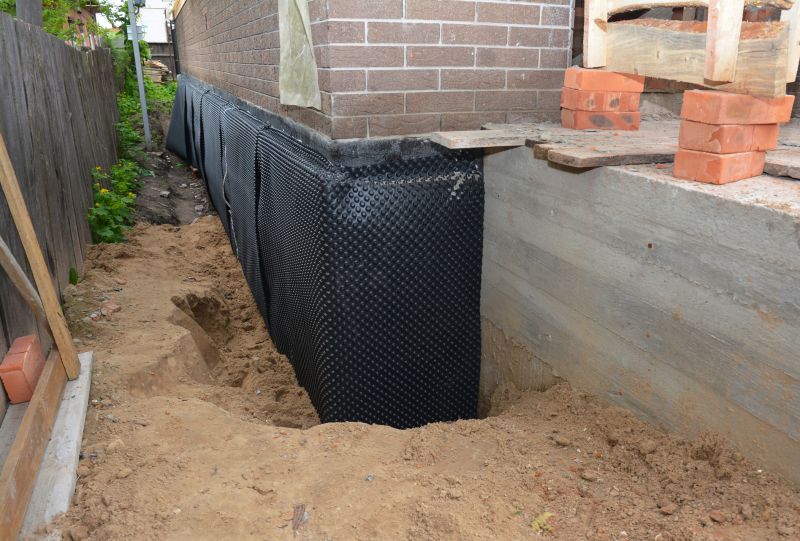
Spring offers moderate weather conditions ideal for waterproofing projects.

Summer requires caution due to high temperatures and potential for rapid drying.
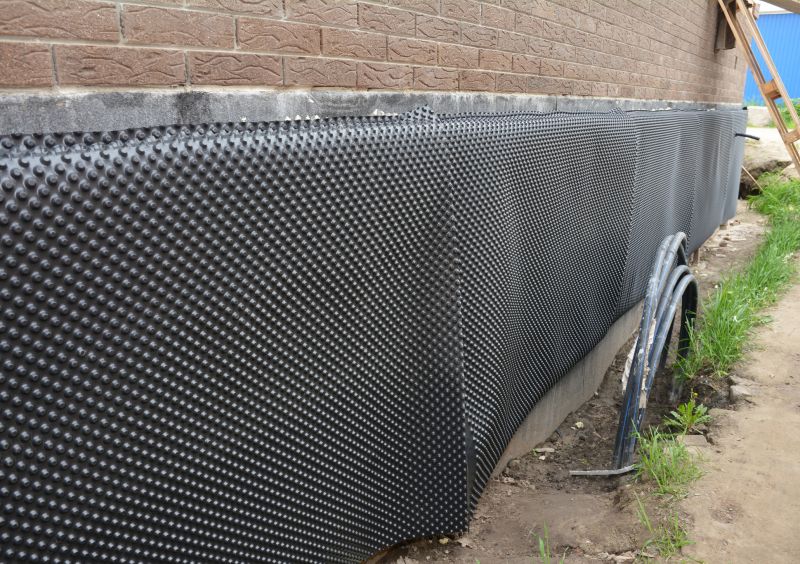
Fall provides cooler temperatures and lower humidity, favorable for waterproofing.
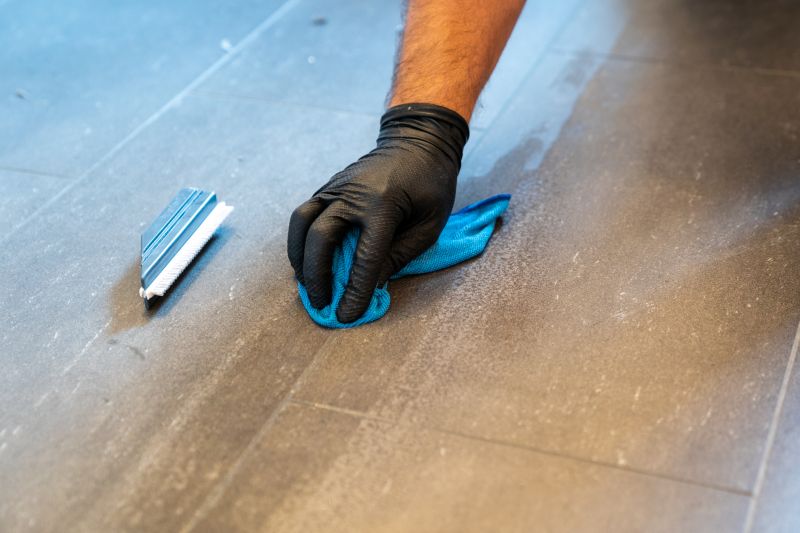
Ways to make Waterproofings work in tight or awkward layouts.
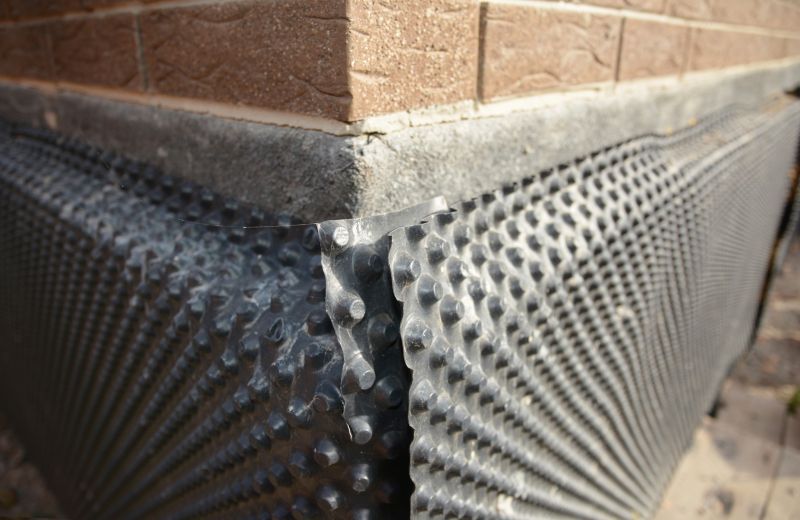
Popular materials for Waterproofings and why they hold up over time.

Simple add-ons that improve Waterproofings without blowing the budget.
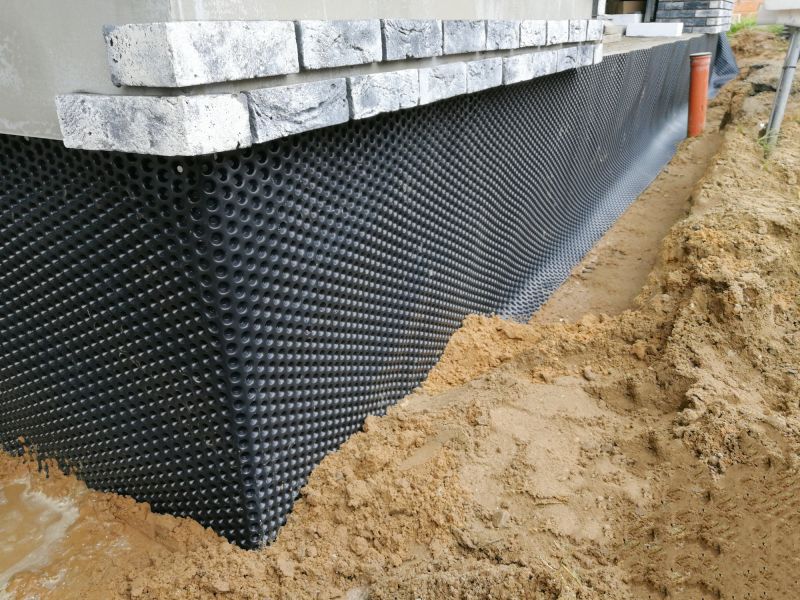
High-end options that actually feel worth it for Waterproofings.

Finishes and colors that play nicely with Waterproofings.
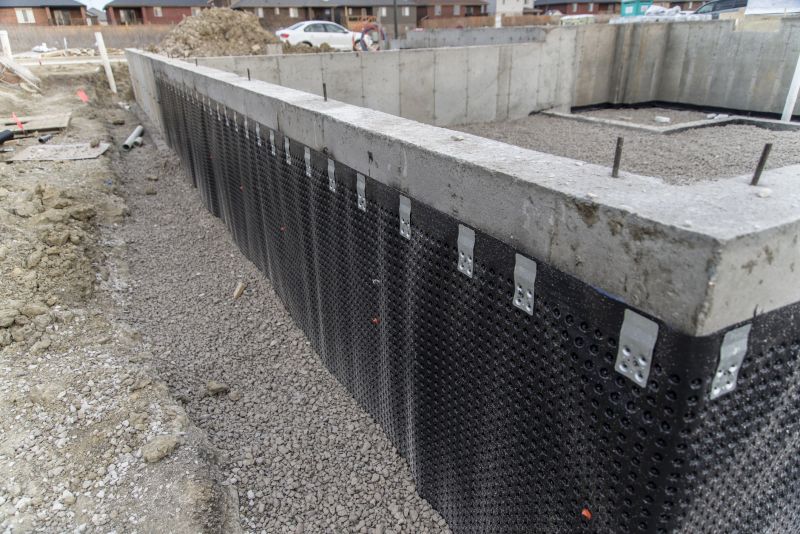
Various materials are used depending on the environment and structure requirements.
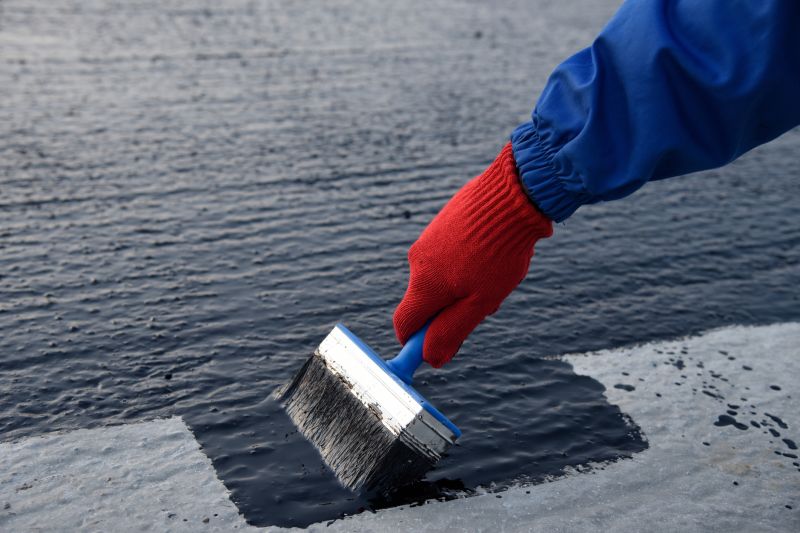
Proper techniques ensure effective waterproofing and long-lasting protection.
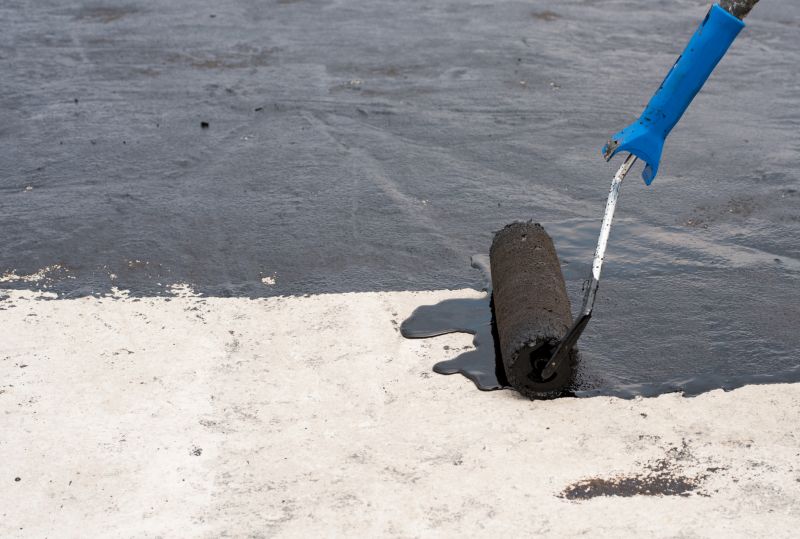
Tools and equipment are essential for proper surface preparation and application.

Properly applied systems provide a durable barrier against water intrusion.

Little measurements that prevent headaches on Waterproofings day.

A 60-second routine that keeps Waterproofings looking new.
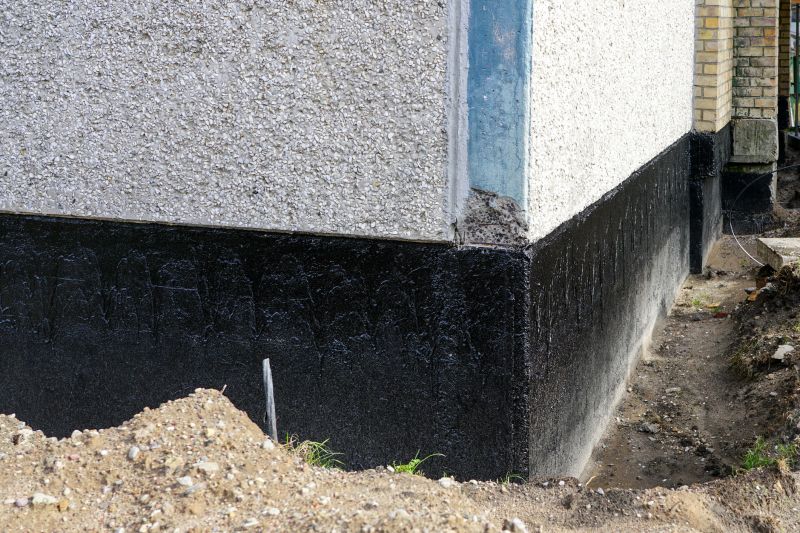
A frequent mistake in Waterproofings and how to dodge it.
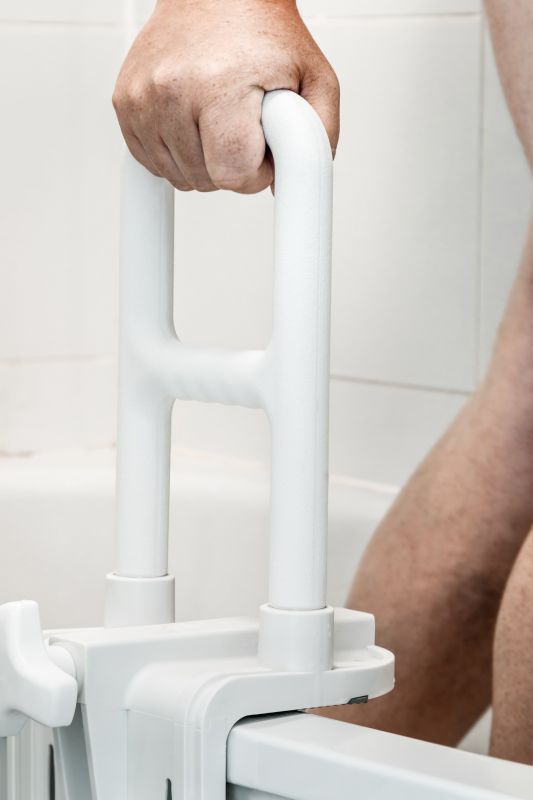
Small tweaks to make Waterproofings safer and easier to use.
| Season | Ideal Conditions |
|---|---|
| Spring | Moderate temperatures, low humidity |
| Summer | High temperatures, caution required |
| Fall | Cooler temperatures, low humidity |
| Winter | Not recommended due to freezing temperatures |
| Early Fall | Optimal for most waterproofing projects |
Waterproofings play a vital role in maintaining the integrity of structures by preventing water ingress that can cause deterioration, mold growth, and structural damage. Advances in waterproofing technology have increased the durability and effectiveness of materials used across various applications, including foundations, roofs, and basements. Proper timing and application techniques are essential to maximize the lifespan of waterproofing systems and reduce future repair costs.

Application process with skilled technicians ensuring quality coverage.
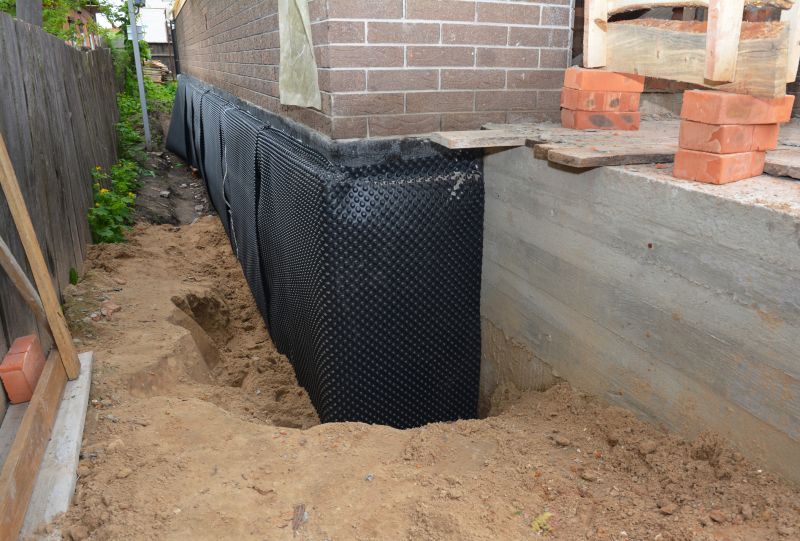
A durable barrier ready to protect the structure from water damage.
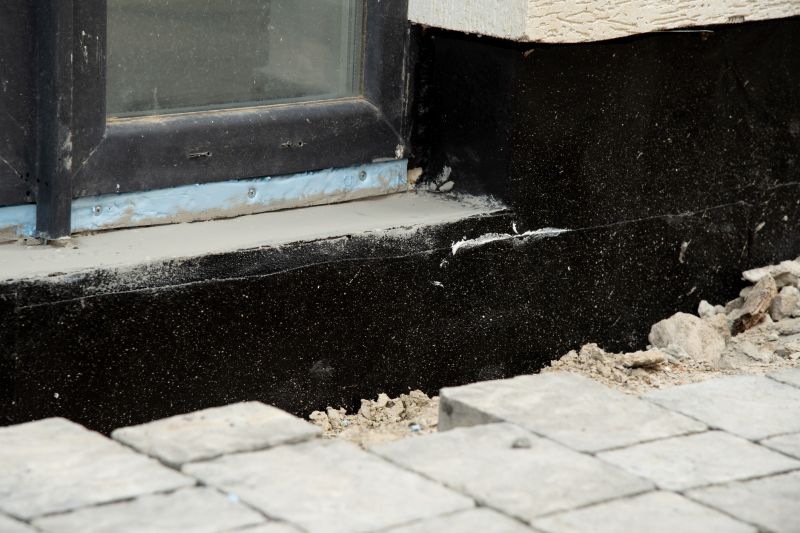
High-quality materials designed for various environmental conditions.

Lower-waste or water-saving choices for Waterproofings.
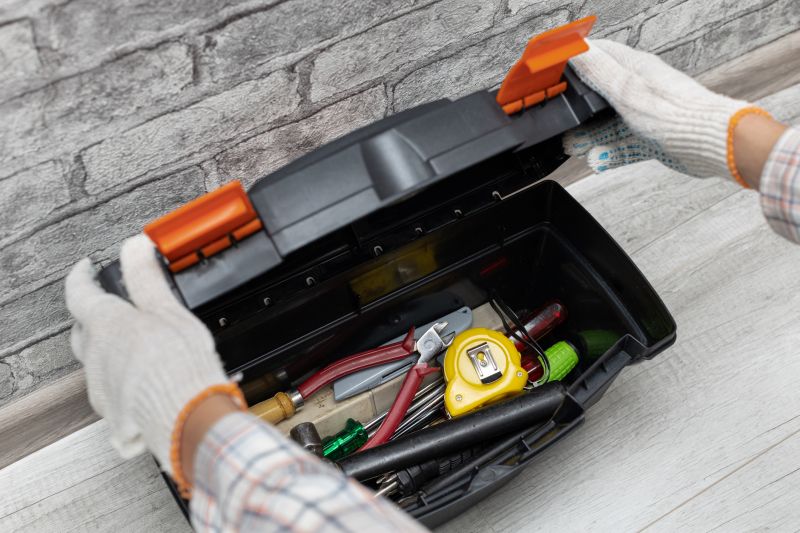
The short, realistic tool list for quality Waterproofings.

Rough timing from prep to clean-up for Waterproofings.
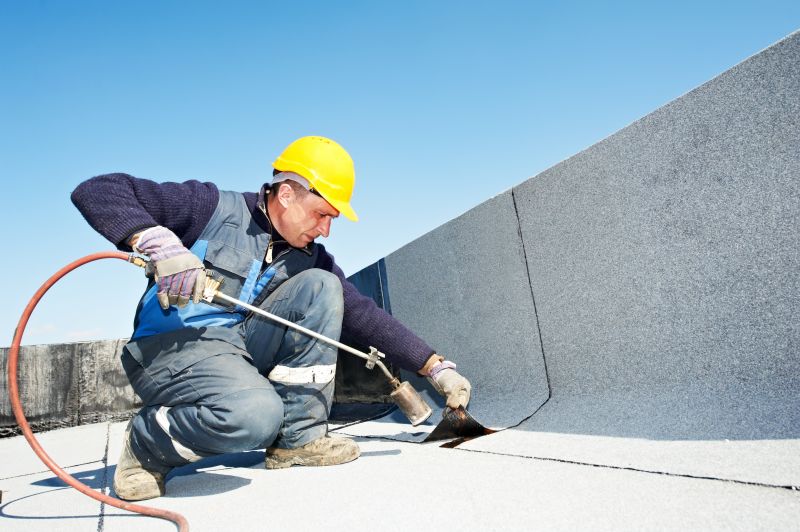
Quick checks and paperwork to keep after Waterproofings.

Examples that show the impact a good Waterproofings can make.
Interested in waterproofing services? Filling out the contact form can provide more information tailored to specific needs and project requirements. Proper scheduling and application ensure long-term protection against water damage, preserving the integrity and value of properties in Stevens Point, WI.

